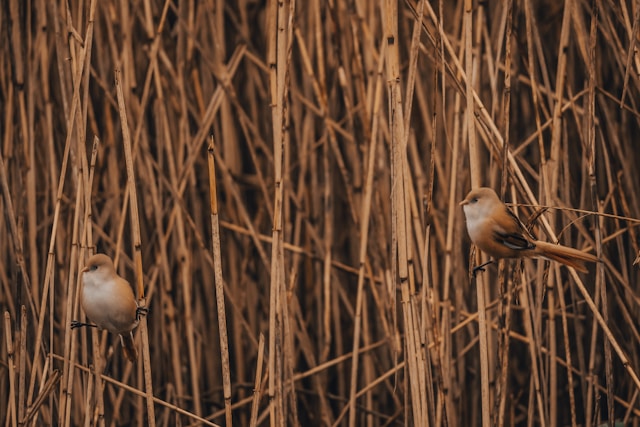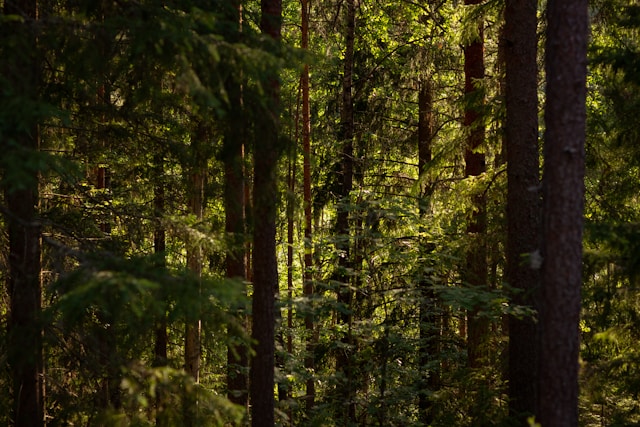The Little Blue Penguin, also known as the Kororā in Māori, holds a special place in the hearts of New Zealanders and visitors alike. As the smallest species of penguin in the world, these charming creatures are not only a symbol of New Zealand’s unique wildlife but also a key focus of conservation efforts at Kaipupu Point Sanctuary. This article shines a spotlight on these delightful birds, exploring their characteristics, behavior, and the measures being taken to protect and support their population at Kaipupu Point.
Characteristics of the Little Blue Penguin
The Little Blue Penguin (Eudyptula minor) is aptly named for its slate-blue plumage, which distinguishes it from other penguin species. Adult penguins stand about 25 to 30 centimeters tall and weigh roughly one kilogram, making them the smallest penguin species globally. Their compact size and striking blue coloration make them easily recognizable.
These penguins have streamlined bodies and strong flippers, adapted for efficient swimming. Their eyes are equipped with specialized vision for underwater hunting, and their feathers are waterproof, providing insulation in cold waters. Despite their petite size, Little Blue Penguins are formidable hunters, primarily feeding on small fish, squid, and crustaceans.
Habitat and Behavior
Little Blue Penguins are predominantly found along the coastlines of New Zealand and southern Australia. They prefer rocky shores and coastal scrublands, where they can nest in burrows, crevices, or under vegetation. At Kaipupu Point Sanctuary, these penguins benefit from the protected environment, which offers ideal nesting sites away from the threats posed by predators and human activities.
These penguins are known for their nocturnal habits, often coming ashore under the cover of darkness to avoid predators. During the day, they hunt in the ocean, sometimes traveling up to 25 kilometers from their nesting sites. Little Blue Penguins are also known for their distinctive calls, which they use to communicate with their mates and establish territory.
Breeding and Lifecycle
The breeding season for Little Blue Penguins typically begins in the spring, around August or September. They are monogamous, often forming long-term pair bonds. The female usually lays two eggs, which both parents take turns incubating over a period of about 35 days. Once the chicks hatch, they are brooded and fed regurgitated food by both parents until they are ready to fledge, usually at about eight weeks old.
The chicks grow rapidly, thanks to the diligent care of their parents. After fledging, the young penguins spend several years at sea before returning to their birthplace to breed, continuing the cycle of life.
Conservation Challenges
Despite their endearing nature and resilience, Little Blue Penguins face numerous threats. Habitat destruction, pollution, climate change, and predation by introduced species such as dogs, cats, and stoats have all contributed to the decline in their populations. Human activities, such as coastal development and recreational disturbances, also pose significant risks to their nesting sites.
At Kaipupu Point Sanctuary, protecting these penguins is a top priority. The sanctuary provides a safe haven where they can nest and raise their young without the constant threat of predators. Conservation efforts at the sanctuary include habitat restoration, predator control, and public education to raise awareness about the importance of protecting these unique birds.
Conservation Efforts at Kaipupu Point
The team at Kaipupu Point Sanctuary employs a range of strategies to support the Little Blue Penguin population. One key initiative is the creation and maintenance of artificial nesting boxes, which provide secure nesting sites for the penguins. These boxes are carefully monitored and maintained to ensure they remain safe and inviting for the penguins.
Predator control is another critical aspect of conservation at the sanctuary. Regular trapping and monitoring help keep the sanctuary free from invasive predators that pose a threat to the penguins and other native wildlife. By reducing these threats, the sanctuary provides a safer environment for the penguins to thrive.
Education and community involvement are also integral to the sanctuary’s conservation efforts. By engaging with local schools, community groups, and visitors, Kaipupu Point raises awareness about the challenges facing Little Blue Penguins and the importance of conservation. Volunteers play a vital role in these efforts, contributing their time and energy to monitoring penguin populations, maintaining nesting sites, and participating in habitat restoration projects.

A Symbol of Hope and Resilience
The presence of Little Blue Penguins at Kaipupu Point Sanctuary is a testament to the resilience of nature and the positive impact of dedicated conservation efforts. These small yet charismatic birds inspire a sense of wonder and a commitment to protecting New Zealand’s unique wildlife. As the sanctuary continues its work to support and protect the Little Blue Penguin, it also fosters a deeper appreciation for the delicate balance of our natural world and the role we all play in preserving it.
Looking Forward
The journey to protect and conserve the Little Blue Penguin is ongoing. Continued support from volunteers, donors, and the broader community is essential to ensure the survival and thriving of these remarkable birds. By working together, we can ensure that future generations will also have the opportunity to witness the charm and resilience of the Little Blue Penguin in their natural habitat.
Kaipupu Point Sanctuary remains dedicated to its mission of providing a safe haven for these smallest residents. Through continued conservation efforts, education, and community engagement, the sanctuary hopes to secure a bright future for the Little Blue Penguin and all the wildlife that calls this special place home.








